By Eric T. Baker
It seem unlikely that there is a fan of tactical ancients or medieval combat who owns a computer who hasn’t yet tried at least one of the games in Sega’s Total War franchise. This series of games has pushed the envelope on how much individual detail it is possible to display in mass computer battle while at the same time hewing to historical accuracy and terrific playability. On top of that, the TW games also include head-to-head combat over the Internet and strategic-level single-player campaigns.
Medieval II: Total War has everything the other games in the series have had, but it does them even better. The “Rockettes” look is almost completely gone with this game. In marching, the men don’t keep perfect lines. Horses shake their heads at different times, and zooming in on a fight shows dozens of individual contests rather than two different sets of moves repeated dozens of times. The general milling and reforming that the game has always done well is still in effect, but it looks even more “real” in this version.
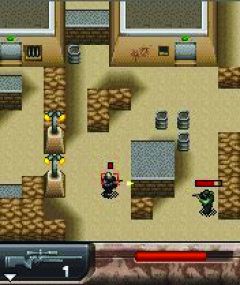 A game that does not inspire the same sort of praise for its graphics is US Marine Scout Sniper from Abandon Entertainment. This is a cell phone game, so the designers were working with much (much) smaller screens and much (much, much) less processing power than in a PC. That said, the graphics get the job done. Stylized as the characters and environments have to be, it is clear who is friend and who is foe and what can be shot over and what can’t. The game was created in association with the US Marine Scout/Sniper Association (and a portion of the profits go to them), but this is more of a game than a simulation. That said, it is a fun, forgiving game that is just the right depth for playing on the small screen and keypad.
A game that does not inspire the same sort of praise for its graphics is US Marine Scout Sniper from Abandon Entertainment. This is a cell phone game, so the designers were working with much (much) smaller screens and much (much, much) less processing power than in a PC. That said, the graphics get the job done. Stylized as the characters and environments have to be, it is clear who is friend and who is foe and what can be shot over and what can’t. The game was created in association with the US Marine Scout/Sniper Association (and a portion of the profits go to them), but this is more of a game than a simulation. That said, it is a fun, forgiving game that is just the right depth for playing on the small screen and keypad.
Tom Clancy’s Rainbow Six Vegas from Ubisoft farms similar ground to Marine Scout Sniper, but does so much more realistically. Rainbow Six is the code name of an elite anti-terrorist squad. In this installment of the franchise, the three members of the squad start in Mexico, but are soon in Las Vegas where lots of bad guys are taking hostages, planting bombs, and defending secret hideouts. The story doesn’t matter as it serves only as a frame on which to hang some very realistic and highly satisfying Special Forces assaults.
The best part of the game is how easy it is to plan and execute complex room clearing actions using both the player’s character and the two computer-controlled ones. A few taps of the keyboard lets the player peek around corners or use snake cameras to identify the terrorists, and then a few more taps assigns the characters their methods of entry and their targets. The maps are arranged so that most rooms have multiple entries and for long stretches the game can be one smooth assault after another. That isn’t the whole game as there are also set-piece battles and dangerous runs, but plotting and executing are the best part, and then even better if done cooperatively with up to three friends.
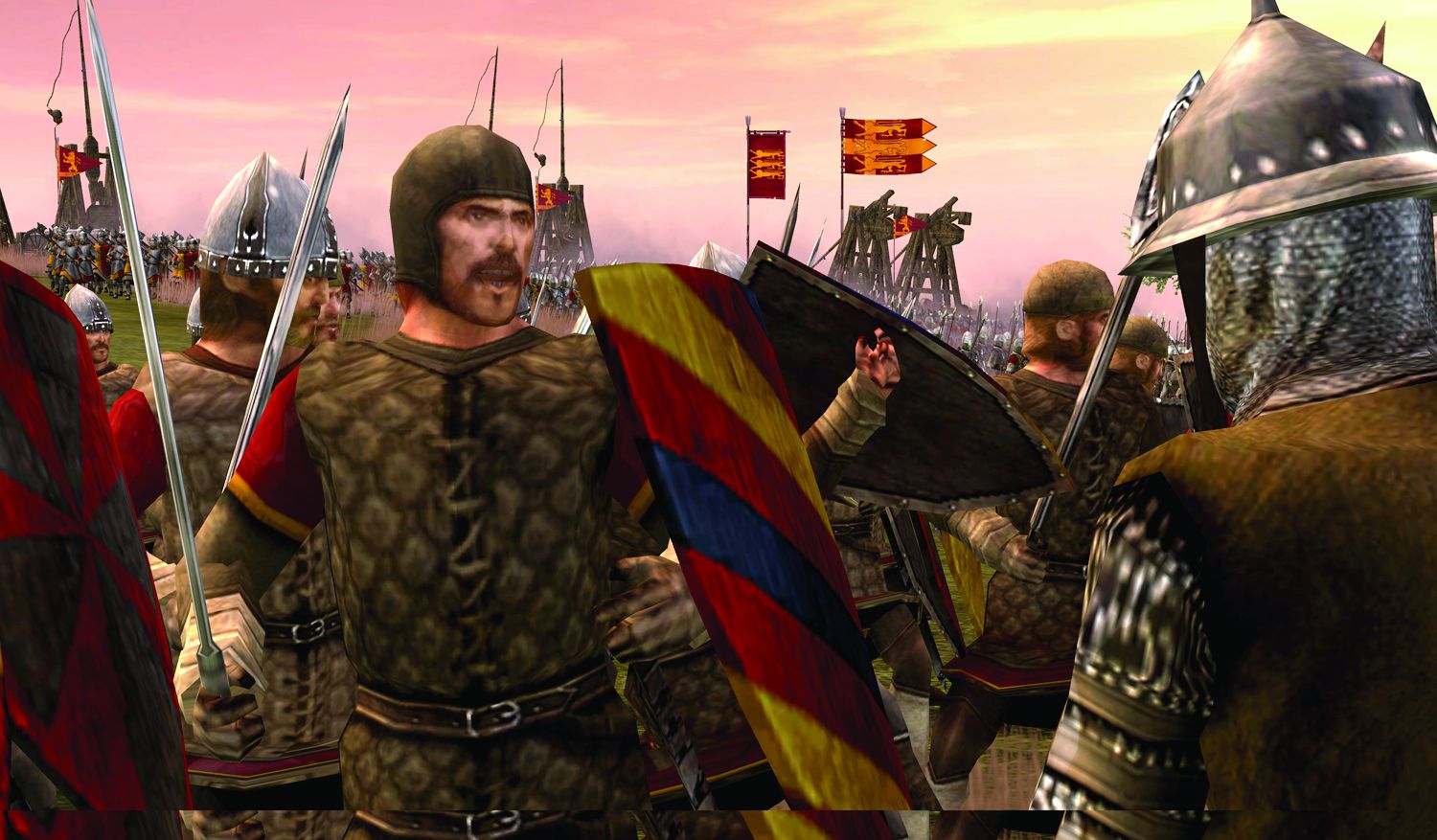
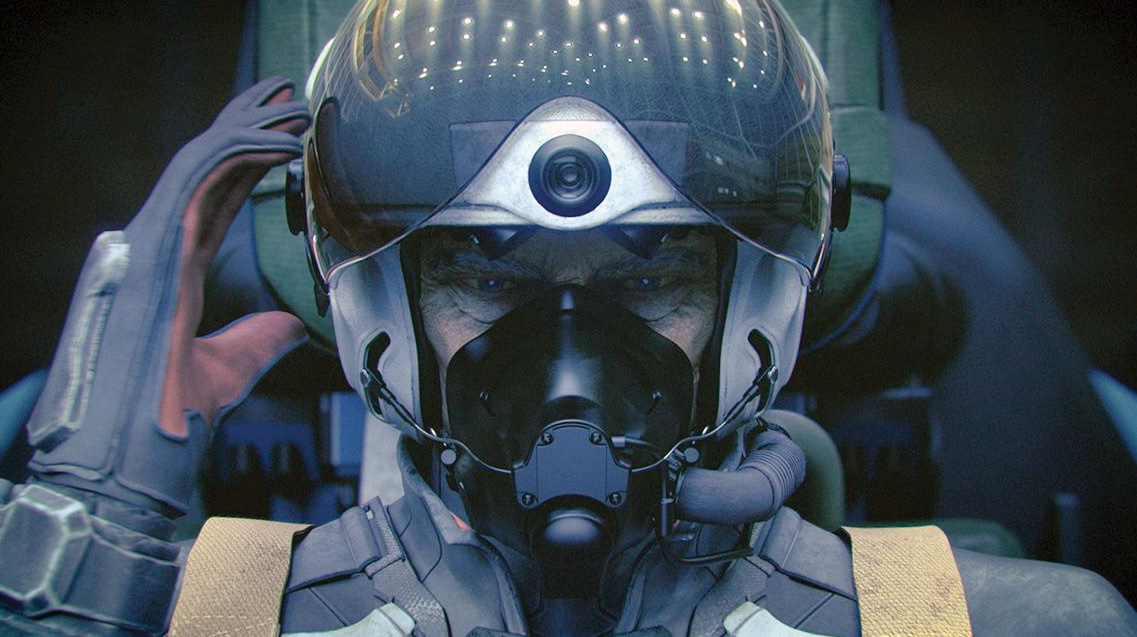
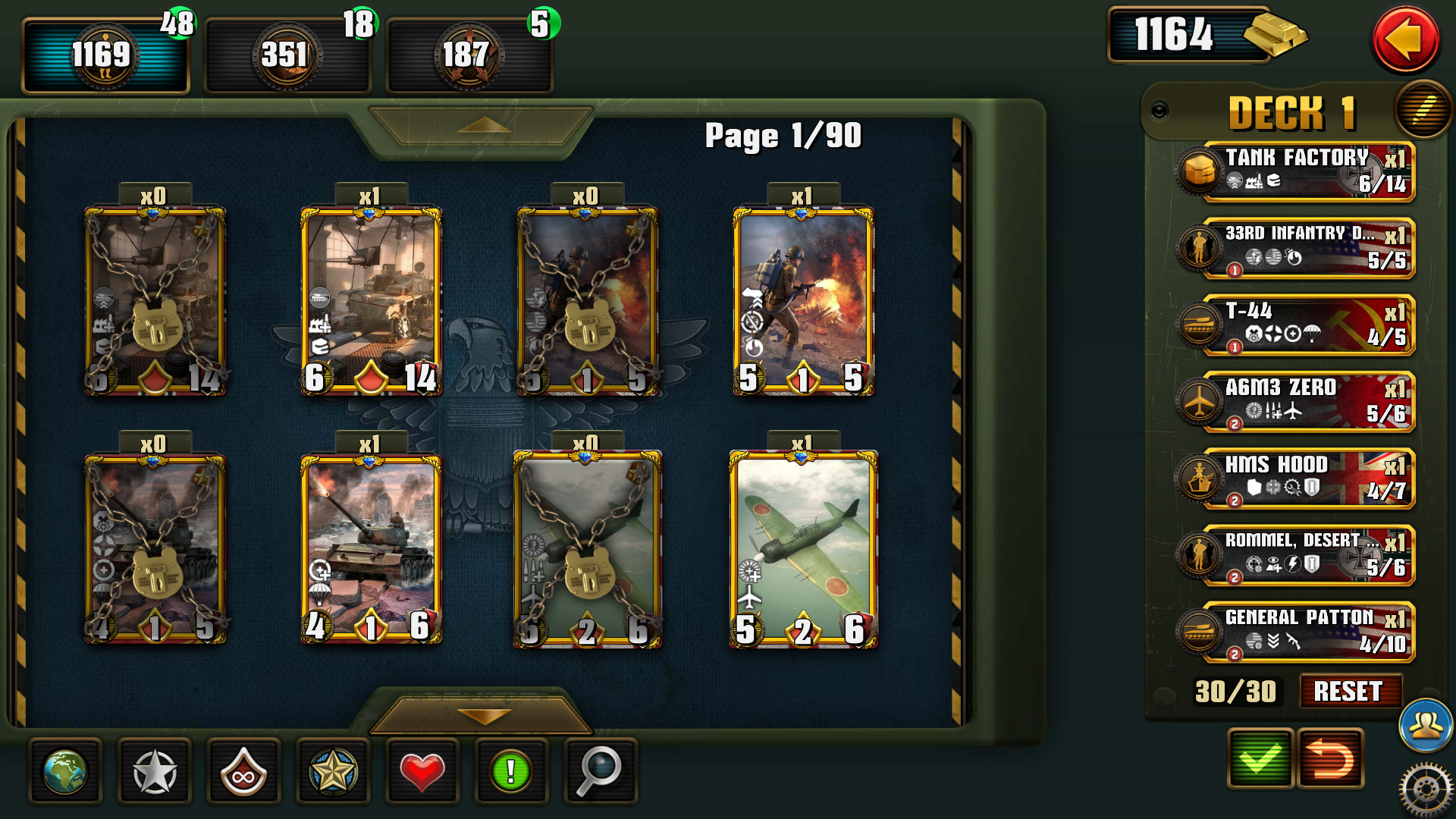
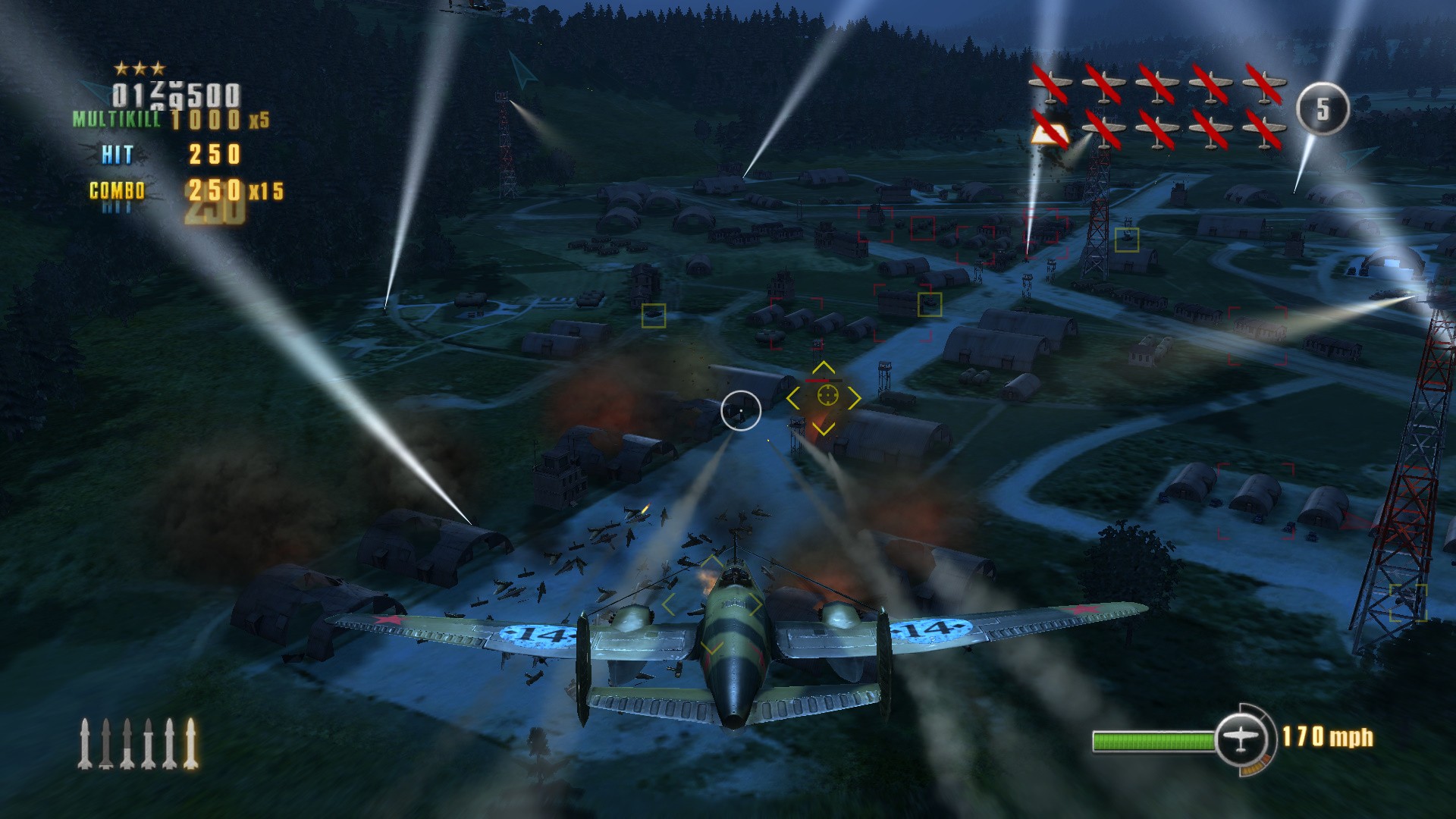
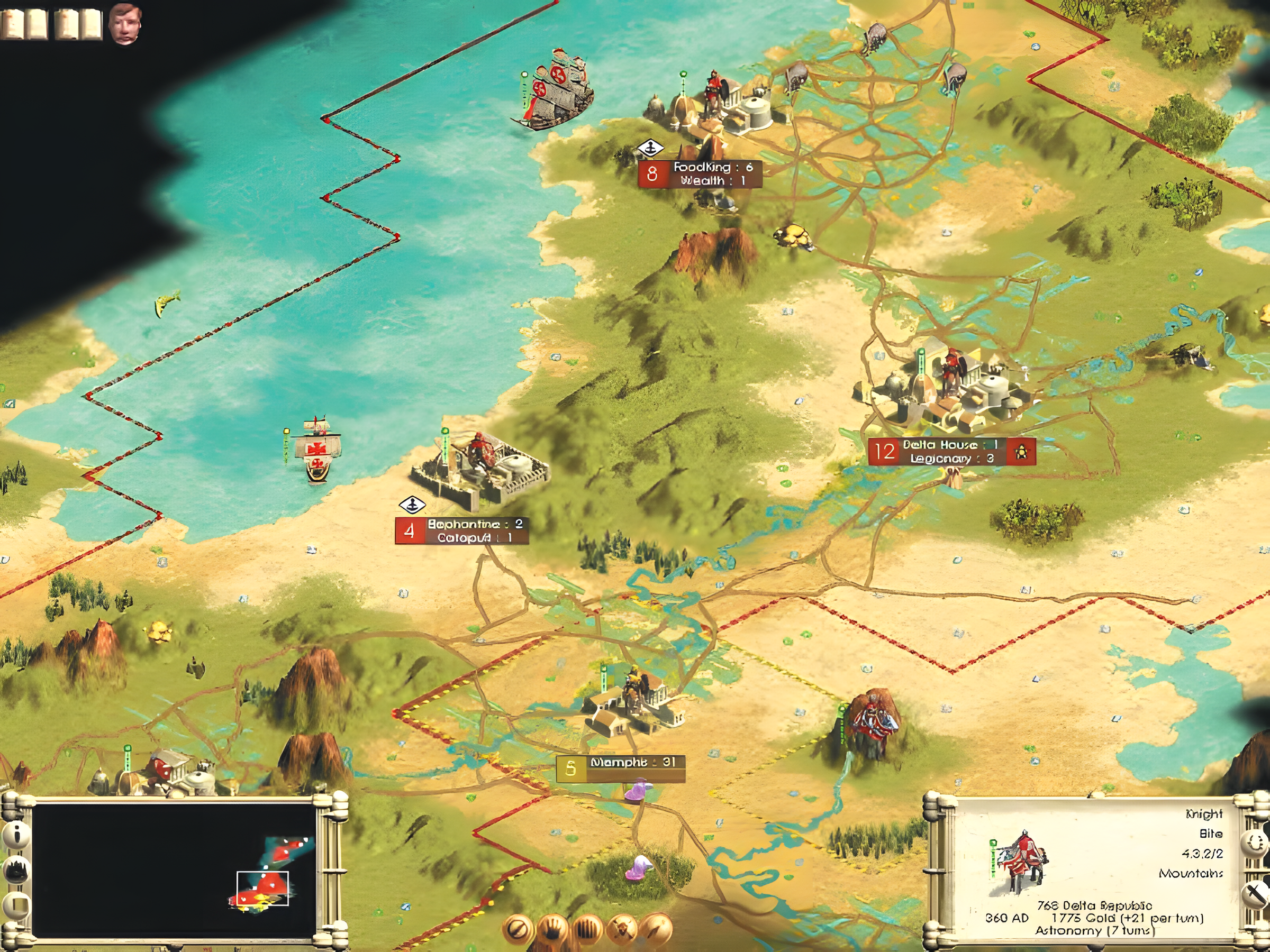
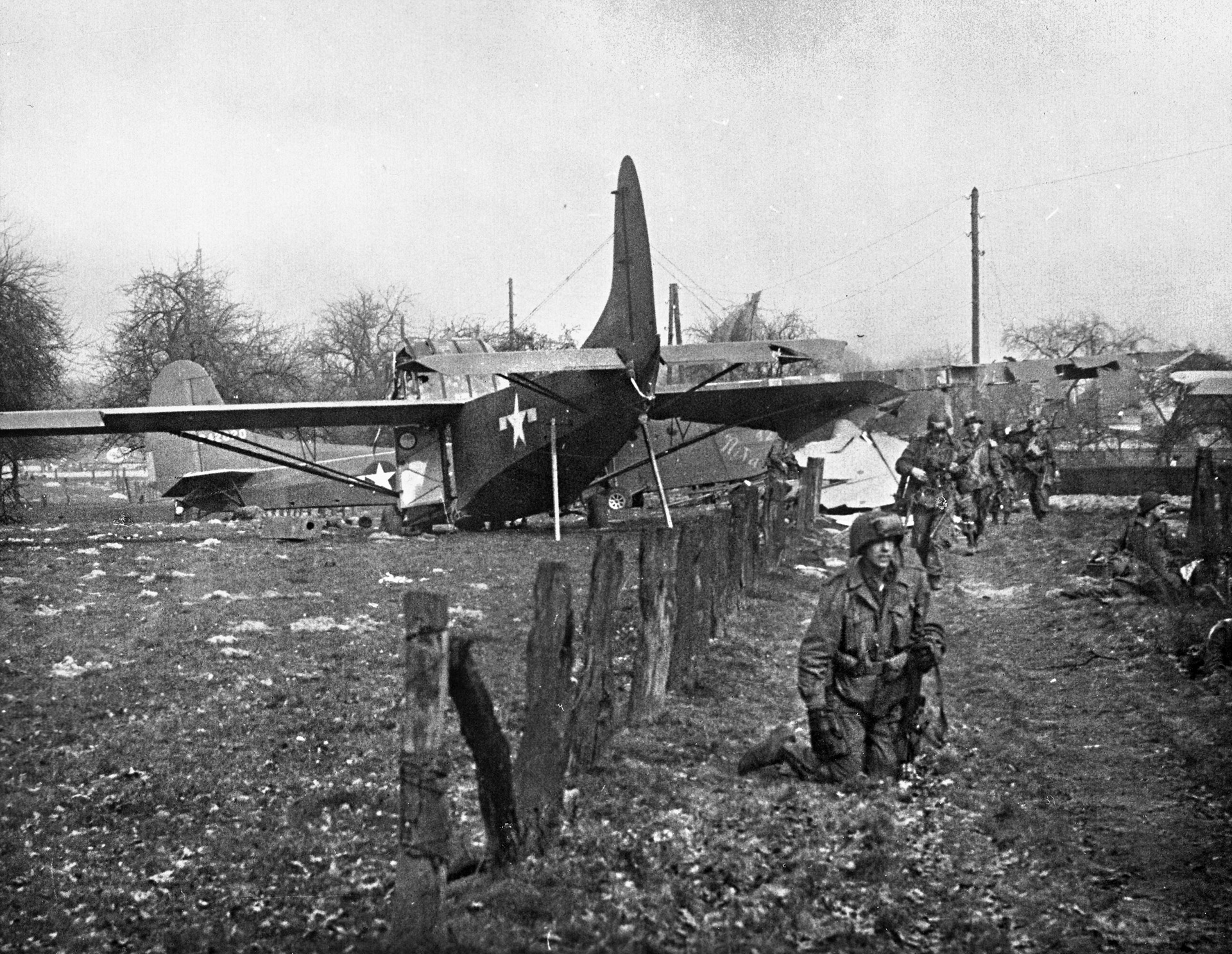
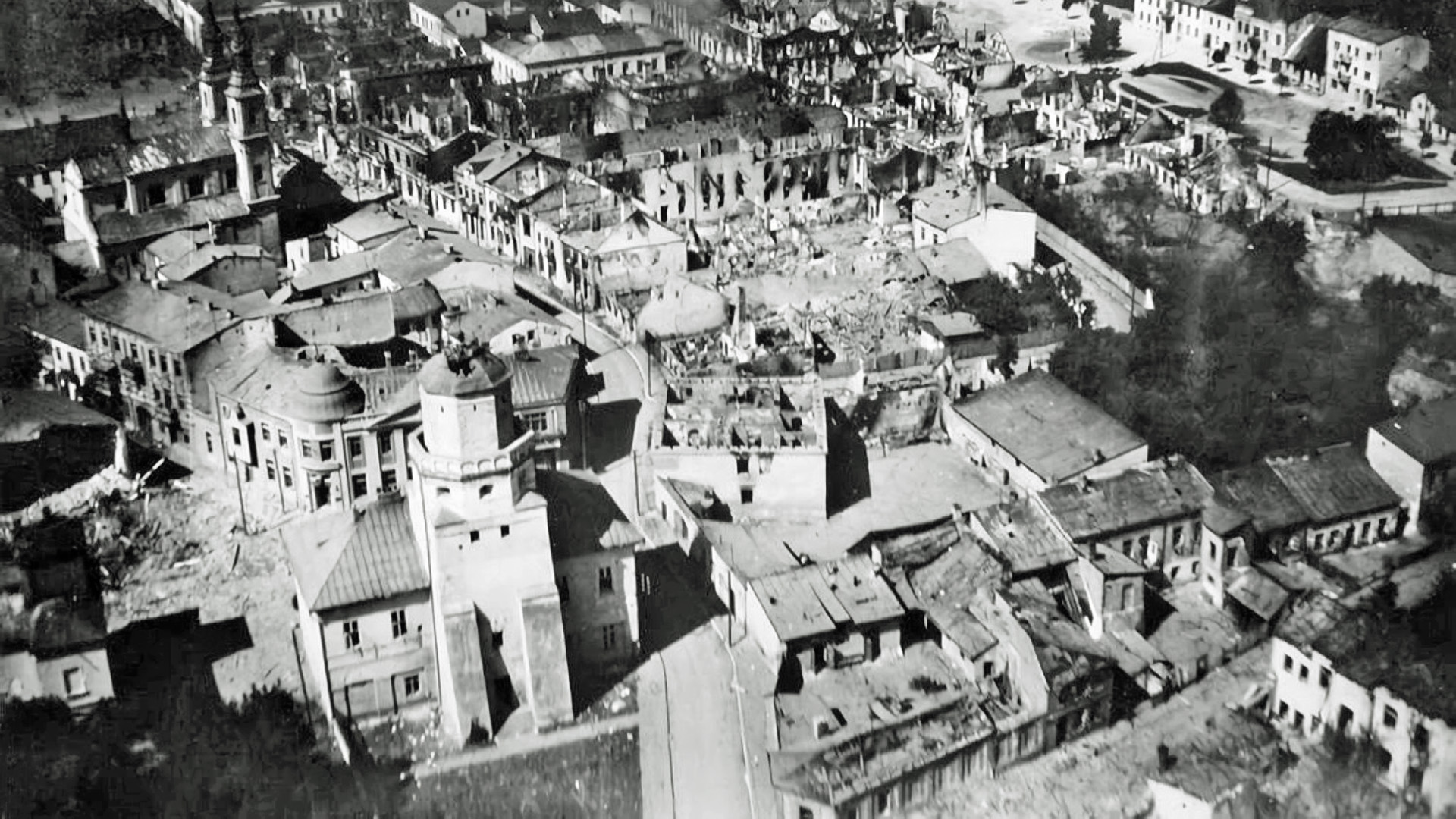
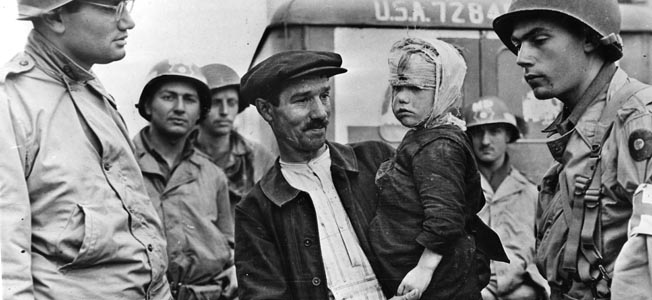
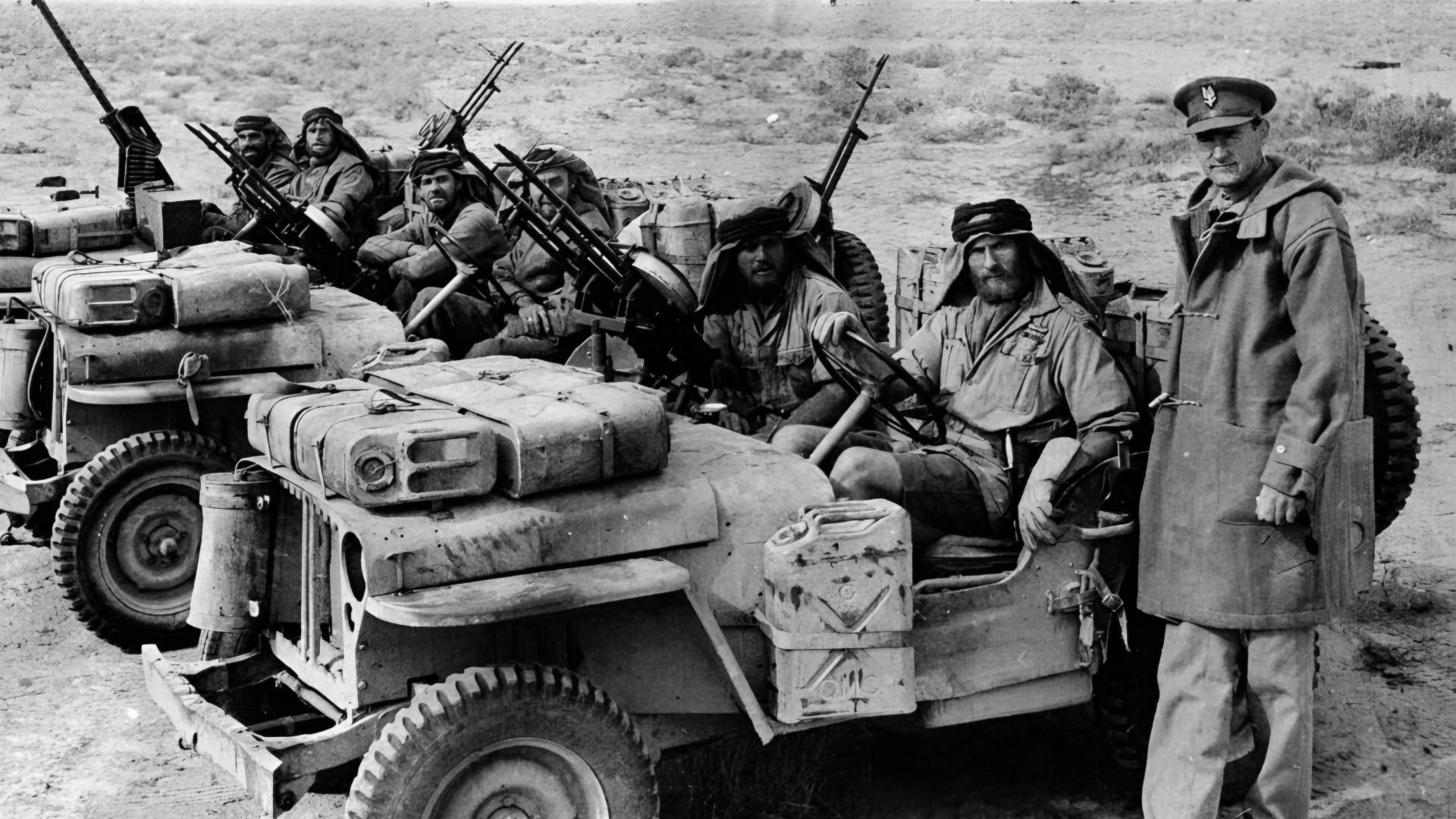
Join The Conversation
Comments
View All Comments